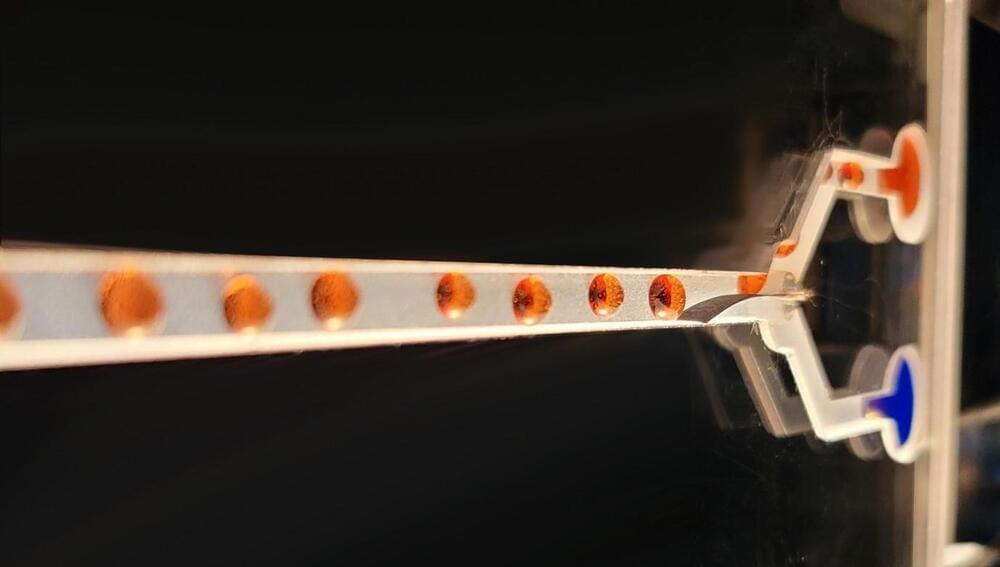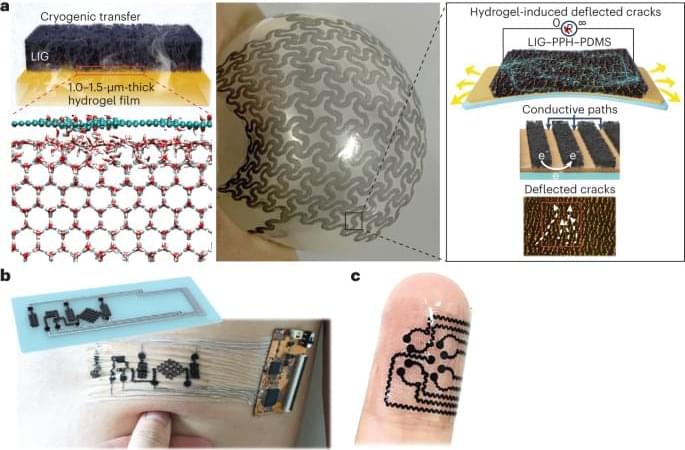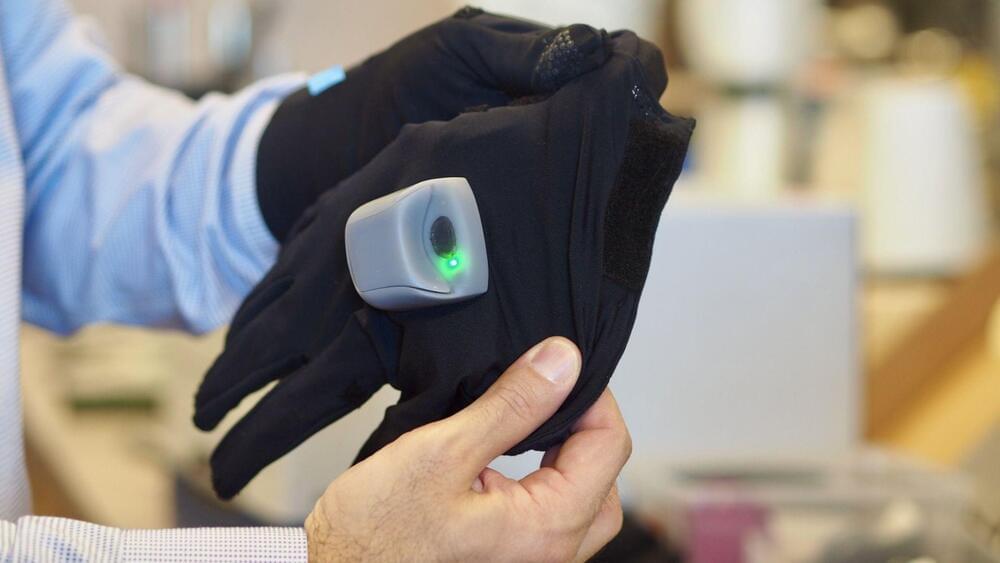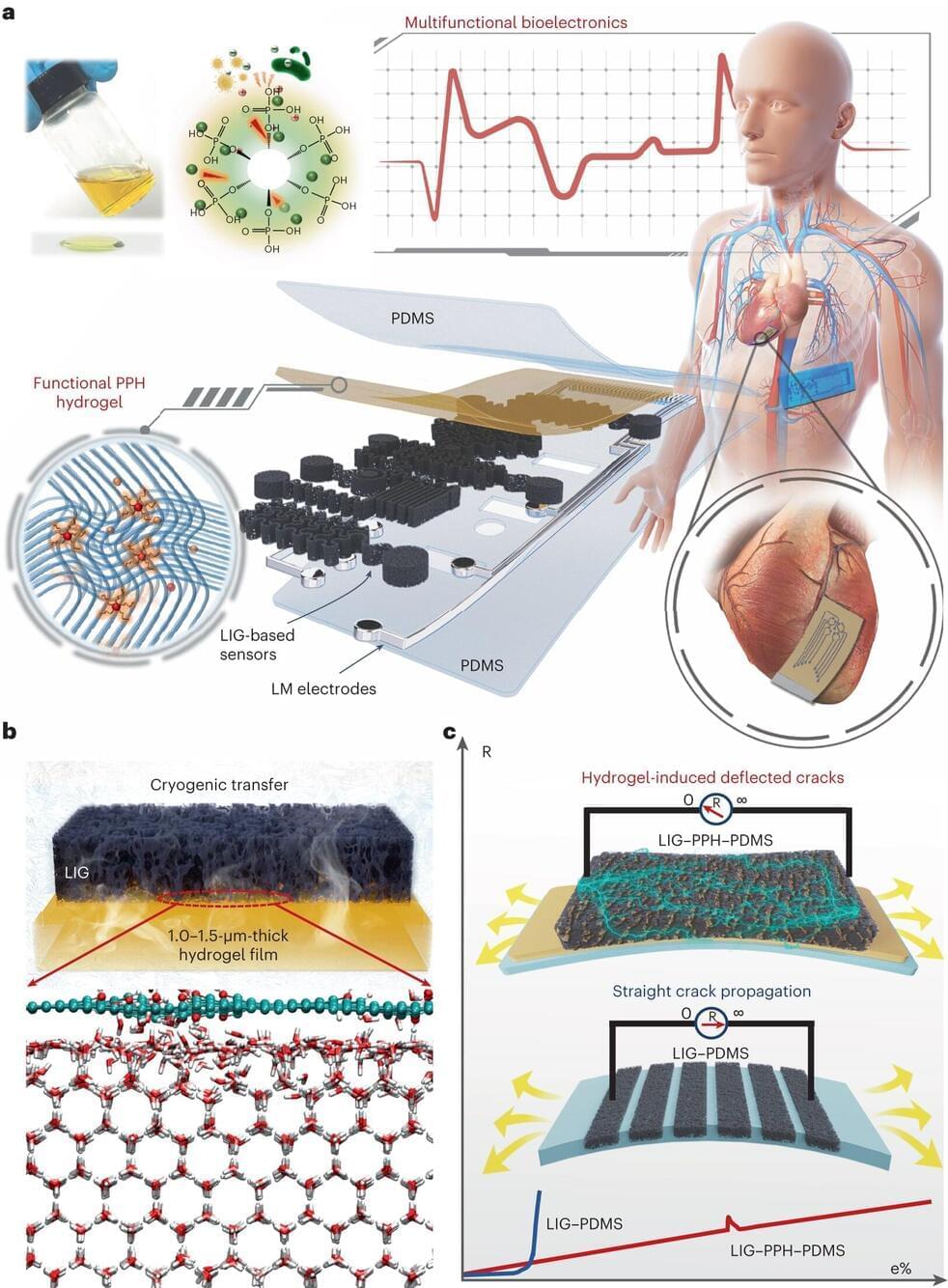Soft robots, medical devices, and wearable devices are now common in our daily routines. Researchers at KAIST have created a fluid switch that employs ionic polymer artificial muscles. This switch functions with ultra-low power while generating a force 34 times its own weight. Fluid switches are designed to direct the flow of fluid, guiding it in specific directions to initiate different movements.
KAIST (President Kwang-Hyung Lee) announced on the 4th of January that a research team under Professor IlKwon Oh from the Department of Mechanical Engineering has developed a soft fluidic switch that operates at ultra-low voltage and can be used in narrow spaces.








